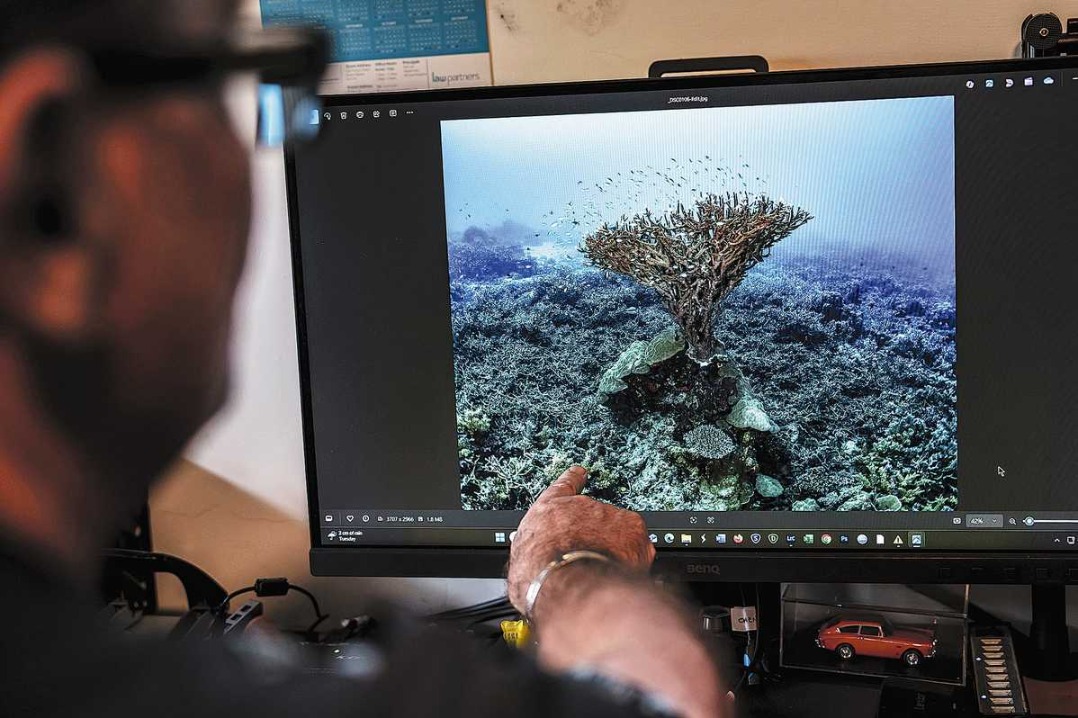Fast, fresh, global: How Salmon symbolizes China-Europe trade success

How does a salmon from the Atlantic Ocean make its way to the dining tables of Chinese households? The answer lies in the increasingly close China-Europe agricultural and food trade cooperation.
On the other side of the Eurasian continent, tens of millions of salmon are cultivated in smart, semi-submersible farms in the cold North Atlantic waters. Once harvested, processed, and packaged, they are quickly loaded onto cold-chain cargo flights to China. Upon arrival, they go through the "green channel" for customs clearance and are then distributed across the country via land and air transport. Some are automatically sliced, packaged, and sent to supermarkets; some are directly delivered to restaurants; others are transferred to different cities by connecting flights. Within 48 hours, European salmon can reach Chinese dining tables. Consumers can simply place an order with a tap on their phones and enjoy fresh imported seafood just a few hours later.
This "race against time" reflects the strong synergy in China-Europe agricultural and food trade. Today, nearly 70 percent of imported salmon in China comes from Europe.
The China-Europe agricultural and food partnership is growing in tandem with the overall relationship. In 2024, the trade volume of agricultural products between China and EU member states was about $30 billion. Among this, European agricultural exports to China were $17.78 billion, and China's agricultural exports to Europe were $12.21 billion. This trade meets the daily needs of people on both sides and helps farmers in both China and Europe, creating win-win results.
Such complementary cooperation stems from differences in food preferences and climate conditions. European products such as wine, cheese, and cured meats are favored by Chinese consumers, while Chinese tea, fruits, and vegetables are also welcomed by European households. In 2021, the China-EU agreement on geographical indications officially came into effect, covering iconic European products such as French Champagne, German Munich beer, Irish whiskey, Greek Feta cheese, and Italian Parma ham, as well as well-known Chinese products such as Anxi Tieguanyin tea, Anji white tea, Panjin rice, Gannan navel oranges, and Ningxia wolfberries. These signature products from both sides are now more recognizable and better protected in each other's markets. Agricultural and food trade between China and Europe is entering a "golden era".
The cooperation also extends to the industrial chain. Through platforms like the China-EU Science and Technology Cooperation Committee, the Working Group on Food, Agriculture and Biotechnology, and dialogues on customs, inspection, and quarantine, both sides support joint flagship projects in agriculture, food, and biotechnology. They jointly promote sustainable agriculture, circular agriculture, and green transformation of the agricultural and food industry chain. Enterprises, universities, and research institutions from both sides are strengthening cooperation in agricultural science and technology, jointly driving the development of smart, green, and modern agriculture. At the third China International Supply Chain Expo, Louis Dreyfus Company of the Netherlands announced the construction of a food tech innovation center in China, expressing its full confidence in China's green agricultural development.
At the same time, increasingly dense logistics networks have laid the foundation for smoother agri-food trade. As of June, more than 110,000 trips have been made via the China-Europe freight train, connecting 229 cities in 26 European countries. This land-sea-air integrated logistics network is being increasingly used for bilateral agricultural and food trade. Trains from China carry tea and fruits to Europe and return with cheese and meat products. A two-way fast track for agricultural and food products across continents is taking shape.
With a population of over 1.4 billion, China is a massive market and is continuously promoting high-level opening up. Regulatory reforms have made it easier for European agricultural products to enter the Chinese market. France alone has more than 200 types of agricultural products allowed for export to China, with over 10,000 registered enterprises. As the size of China's middle-income population continues to grow and income levels rise, the demand for high-quality European agricultural and food products will further expand, creating vast space for cooperation.
Mutually beneficial trade lies at the heart of China-Europe relations. As China and Europe celebrate the 50th anniversary of diplomatic relations this year, both sides should fully tap the potential of economic cooperation. Agricultural and food trade can serve as an important entry point, benefiting farmers in both regions, promoting innovation in the global agricultural supply chain, and jointly safeguarding food security and global economic resilience.

































